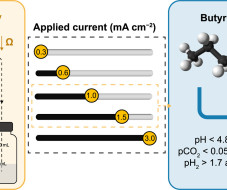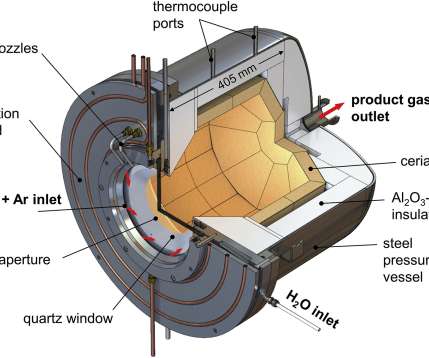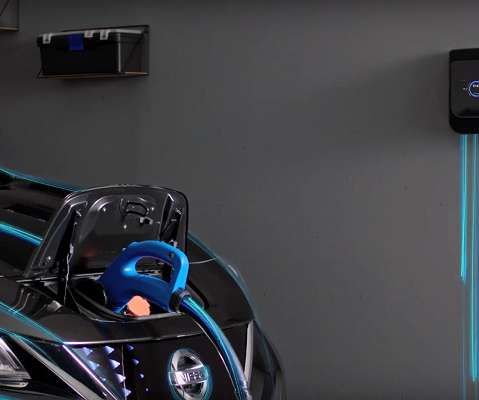Researchers use efficient microbial electrosynthesis cells to convert CO2 to butyric acid; upgrade to butanol
Green Car Congress
AUGUST 21, 2023
Researchers from University of Girona (Spain) successfully used electrically efficient microbial electrosynthesis cells (MES) to convert CO 2 to butyric acid. This study showcases the potential of bioelectrochemical conversion of CO 2 to butyric acid and its subsequent upgrade to butanol in microbial electrolysis cells.




























Let's personalize your content